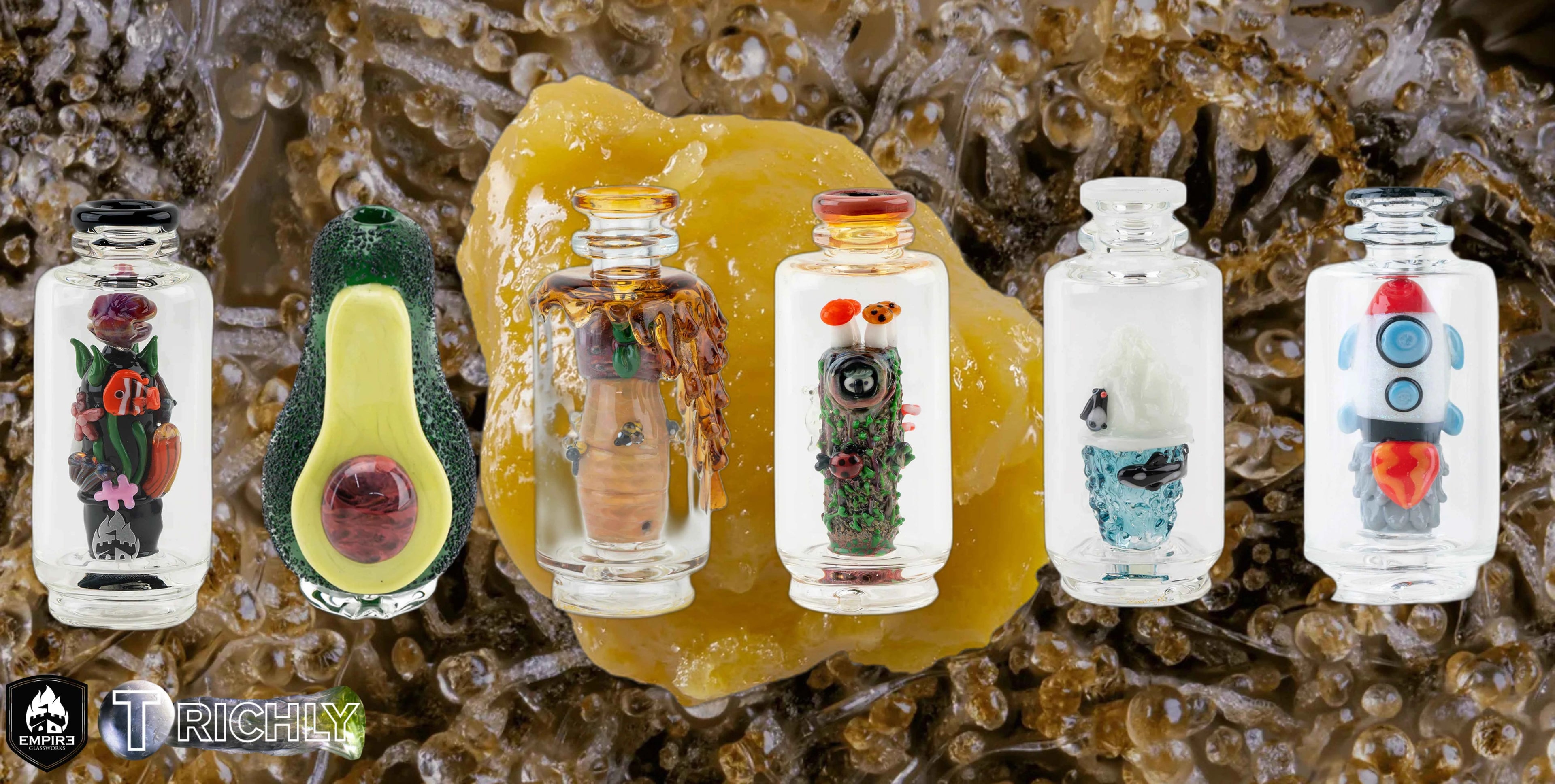The Hidden Dangers of Black Market Concentrates and Fake COAs
Cannabis consumers often assume that a clean label or a shiny Certificate of Analysis (COA) means their products are safe. The truth is more complicated. While regulated markets aim to protect consumers through testing, oversight, and transparency, black market operators and even some licensed companies have been caught falsifying COAs, mislabeling products, and putting unsafe products into circulation. Here’s why buying from regulated brands you’ve researched personally is the safest path; and why you should approach COAs with a healthy dose of skepticism.
A Cautionary, Personal Scene
You love to smoke. You love to dab. One night you run into your old high‑school plug online - they’re selling carts for cheap. You scroll their inventory spreadsheet and see the big names: Muha Meds, Ace Ultras, Cake bars. The price is tempting; cheaper than the dispensary, no taxes, more for your money.
Here’s the thing: quantity is not better than quality. Those black‑market carts might look fine on the outside, but the oil inside can be a chemical mess of pesticides, residual solvents, and mystery cutting agents. Making clean, stable concentrates requires controlled extraction, validated purge procedures, and skilled operators working in a lab environment; that expertise isn’t something your high‑school plug paid for.
In many illicit supply chains, cheap replica hardware is filled with low‑grade oil produced in backyard or unregulated labs. You are NEVER buying the real thing, no matter what they tell you. You’re paying a little less at the register and taking a lot more risk at the lungs.
The Promise of Regulation
Regulated cannabis markets are designed with consumer safety in mind. Licensed brands must comply with strict testing for pesticides, heavy metals, solvents, and microbial contaminants. Accredited labs undergo audits and proficiency tests, while regulators enforce penalties for violations. Traceability is another major benefit: every product is linked to a batch number and lab report, giving consumers a chain of accountability.
When done correctly, this oversight reduces risks such as toxic pesticide residues, residual solvents, or fungal contaminants. Consumers also gain transparency, as regulated brands increasingly publish COAs with detailed information like batch IDs, detection limits, and even raw chromatograms.
The Black Market Problem
Black market cannabis skips these safeguards entirely. Producers often use unsafe growing or extraction practices, cut corners on purging solvents, and avoid testing altogether. A recent Arizona State University study (2024) found that 16% of seized cannabis samples contained harmful Fusarium mycotoxins, toxic fungal byproducts that would never pass regulated market testing.
International findings echo this danger. A 2024 Curaleaf report highlighted that unregulated cannabis bought online contained mold, heavy metals like lead, and even synthetic cannabinoids. These contaminants can cause serious lung and neurological harm.
When COAs Lie
Even in regulated markets, COAs can’t always be trusted. Here are some recent examples:
-
California Cannabis Testing Labs (CCTL, 2025): Regulators revoked the lab’s license after discovering falsified pesticide results. One COA claimed no chlorfenapyr (a banned pesticide) was detected, but state retests found levels nearly 600 times above the legal limit.
-
OnPoint Laboratories (Arizona, 2024): Investigators found the lab misreported Aspergillus mold results, marking dangerous samples as “not detected.” Some reports were never corrected, putting consumers at risk.
-
CBDDY (Colorado, 2024): The company was accused of forging or altering COAs to misrepresent its products as compliant hemp. In reality, their THC content far exceeded legal limits.
These cases show how COAs can be forged, cherry‑picked, or manipulated. They may not reflect the actual product in your hand, especially if a brand reuses an old COA or assigns one to multiple batches.
How Fake COAs Are Made
Bad actors use several tricks to make unsafe products look compliant:
-
Forging digital documents: Editing a real lab report and swapping values or product names.
-
Cherry-picking labs: Using labs known for leniency or for “testing until passing.”
-
Mismatched batches: Assigning a COA from one safe batch to multiple other batches.
-
Suppressing failures: Labs or brands may quietly retest until they get favorable numbers and only release those results.
How to Protect Yourself as a Consumer
COAs are a good start—but not a guarantee. To truly protect yourself:
-
Research brands personally. Look for companies that consistently publish transparent, full COAs with batch numbers, lab accreditation, and detection limits.
-
Check the lab. Make sure the testing lab is state-accredited and has a reputation for integrity.
-
Look for raw data. Brands that show chromatograms or additional testing data are usually more trustworthy.
-
Buy from regulated dispensaries. Avoid gray-market or online sellers that bypass state systems.
Conclusion
Your plug’s carts might look flashy, taste sweet, and cost less—but what’s really inside is the problem. That oil could be packed with leftover solvents, pesticides, or synthetic additives that cut corners and damage lungs. Studies prove these concerning compounds are present a lot of the time. Concentrates aren’t made in someone’s garage; they’re made in controlled labs by trained operators who know how to purge contaminants and validate results.
Regulated products aren’t perfect, but they give you a fighting chance: oversight, accountability, and transparency. Choosing brands you’ve researched, checking that their COAs come from accredited labs, and buying from licensed dispensaries is the closest you’ll get to knowing what’s actually in your cart or dab. Quality will always outweigh quantity; especially when it’s your health on the line.

0 comments